Cochinisation And Orpingtonisation
Practical Poultry
|Sept - Oct 2017


My last notes that tried to show how exhibition selection saw Cochins and Brahmas lose most of their early utility potential. (Utility as in being useful for both eggs and meat). One could easily use the whole of another edition following the similar development that rapidly saw William Cook’s utility bred Orpingtons soon become almost become almost pastiches’ of the fluffiest Cochins.
That a winning Black Orpington of today would have won in say 1905 (and probably visa-versa) may be of interest to poultry historians but of far greater importance to those interested in pure-breed development as useful fowl (in terms of egg and meat production), is a continued process that has led to the probable extinction of the utility forms of most once important main-line laying and dual purpose breeds.The Orpingtons become almost fluffier and feathery than those disparate strains of Asiatic fowl that later became known as Cochins. These were coming via ports along thousands of miles coast inevitably containing the widest possible genetic diversity, including the useful group that could be labelled ‘the Langshan factor’ and another far less useful set that could, tong in cheek, described as the ‘Feather Duster effect’.
Useful Langshans
These ‘Langshans’ would all seem to have come from the Shanghai region of China and included the probably more useful (utility) of the first imports that were in fact for years simply labelled Shanghai’s and an 1890 direct importation by Major Croad of fowl that first became known by the then in vogue regional name ‘Langshan’, and those latter selected on the more utility lines becoming known as Croad Langshans.
Bu hikaye Practical Poultry dergisinin Sept - Oct 2017 baskısından alınmıştır.
Binlerce özenle seçilmiş premium hikayeye ve 9.000'den fazla dergi ve gazeteye erişmek için Magzter GOLD'a abone olun.
Zaten abone misiniz? Oturum aç
Practical Poultry'den DAHA FAZLA HİKAYE
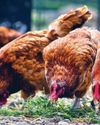
Practical Poultry
Growing food for Chickens
Mary Larham explores some crops to grow on your holding…
5 mins
January - February 2020
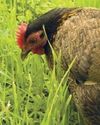
Practical Poultry
Poultry in the garden – the truth!
Jo-Jane Buxton shares her experiences
2 mins
January - February 2020
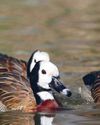
Practical Poultry
The British Waterfowl Association
Which came first, the goose or the egg?
3 mins
January - February 2020
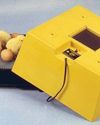
Practical Poultry
WHY FIT A FAN IN AN INCUBATOR?
Brinsea Products, the Incubation Specialists explain the difference between still air and forced draught
8 mins
January - February 2020
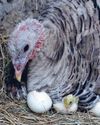
Practical Poultry
Incubating turkey eggs
Janice Houghton-Wallace looks at broody turkeys and artificial incubation
4 mins
January - February 2020
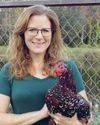
Practical Poultry
Chicken nesting box herbs
Diana Clauss owns The Blue Feather Farm, in St Cloud, Florida, home to chickens, ducks, goats, and Anatolian Shepherd dogs.
4 mins
January - February 2020
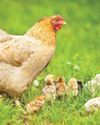
Practical Poultry
Incubate in January?
Jessica Wombwell says plan the breeding
5 mins
January - February 2020
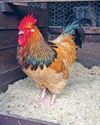
Practical Poultry
Andy's DIARY
Andy emphases the importance of keeping out damp and wet but allowing ventilation even in cold weather
5 mins
January - February 2020
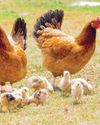
Practical Poultry
Feeding for Breeding
It may be winter, but as Joanna Palmer, nutritionist for Smallholder Range explains, now’s the time to get your flock in tiptop shape and plan ahead for a successful breeding season next spring.
3 mins
January - February 2020
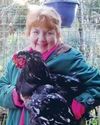
Practical Poultry
A chick named Cuckoo raised by a duck!
Chris Hammacott and her husband live on a small croft in the Outer Hebrides, they keep a ‘no kill’ flock or rare and rescue sheep which they use to spin and weave rugs. They also share the 8 acres with hens, ducks, cats and 9 rescue pugs.
7 mins
January - February 2020
Translate
Change font size

